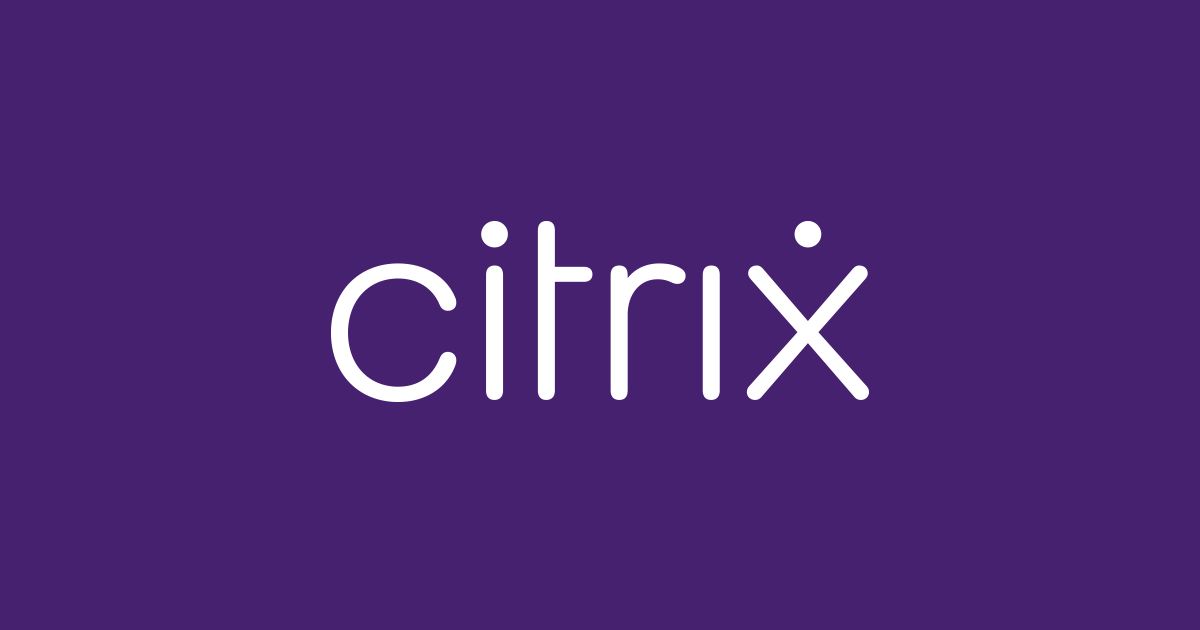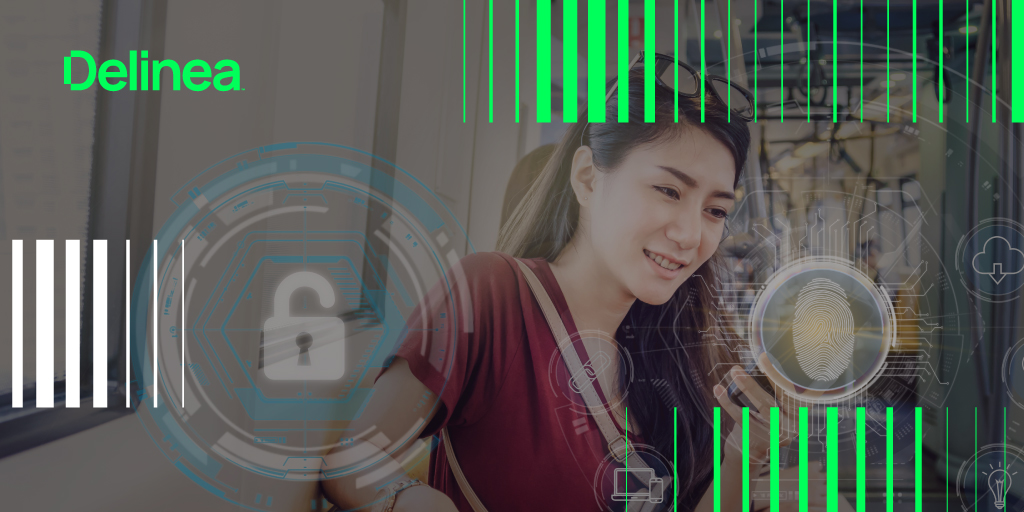- May 31, 2017
- 1,820
We are discussing two sides of the same coin. My point is, PAM is one component that is often utilized in a zero-trust strategy, but it is not required for zero-trust. And just because a company implements a PAM, that does not automatically make them zero-trust.No...I'm not wrong. The matter of privileges is core subject of Zero Trust conception. Here's from Citrix article

What is Zero Trust Security? - Citrix
Zero trust is a security model that continuously verifies users and devices, rather than trusting by default, to protect against data breaches. Explore the zero trust model and zero trust security.www.citrix.com
Here are other sources of useful info

What Is the Zero Trust Security Model? How Does it Work? | Fortinet
Zero trust architecture secures the network from the inside out. Learn how to shrink the attack surface and implement a zero trust security model for your network.www.fortinet.com

Never trust, always verify: The Zero Trust security model
What is Zero Trust, and why is it attractive for modern business?www.kaspersky.com



